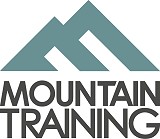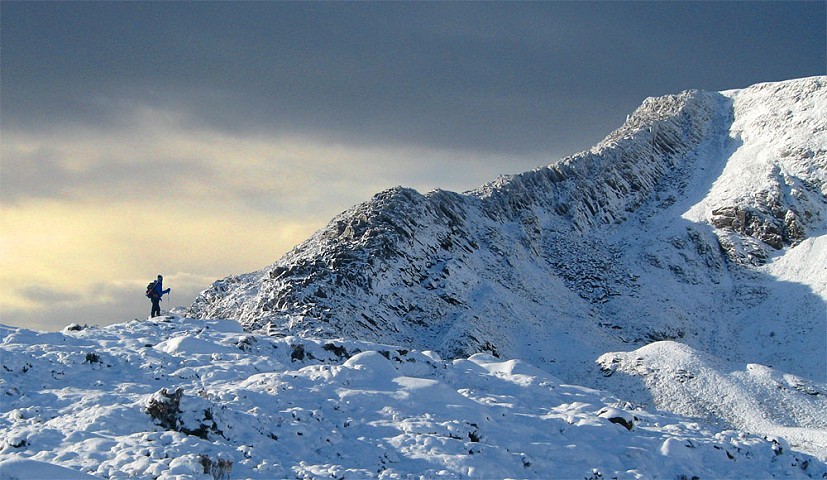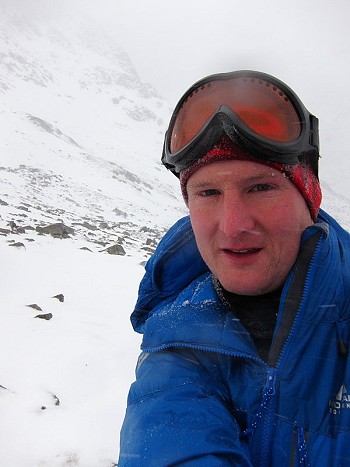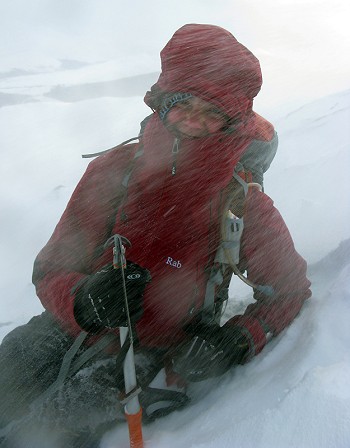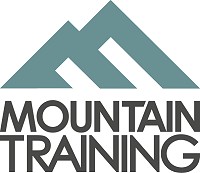Get Set for Winter
Over the next few months UKHillwalking will feature a series of articles on key hillwalking skills, in association with Mountain Training, the provider of nationally-recognised leadership qualifications and skills courses in walking, climbing and mountaineering. Mountain Training's awards and courses are run by approved providers from all over the UK and Ireland. We've asked several of them to write articles for the series.
First up is North Wales-based Ian Martin, on preparing your clothing and kit for the rigours of winter hillwalking. Do it in advance - not in a panic on the morning of your trip.
The clocks have changed, the leaves are down! Days are shorter and soon enough things should start to cool off. There's already been snow on the mountains in Scotland, and as far south as Snowdonia. Are you prepared for winter? Now's the time to get organised for your hill walking exploits by 'winterising' your rucsack and hill kit in readiness for the snowy months.
Getting ready for the change in temperatures, weather and daylight hours in advance can quite literally be a lifesaver. A bit of prior thought and preparation can make the difference between suffering and surviving through a day in the mountains, on the one hand, and actually enjoying your time in the hills on the other.
"What needs replacing or repairing? Act now rather than wasting time on the morning of your walk – or worse still - heading out without the right kit"
So have a think about what should be in your rucksack for a winter mountain day. What needs buying, what needs replacing, and what repairs could you make? This little reminder is aimed at giving you the nudge to act now rather than wasting time racing around trying to find a shop on the morning of your walk or, worse still, heading out without the right kit.
When did you last check the batteries for your head torch? Wait a minute, where is your headtorch?!
Have a rummage, and dig out your gloves from the back of the cupboard. Do you need new warm socks? Does you flask still keep drinks warm? Could your jacket do with reproofing or patching? Are your crampons sharp enough, and pre-adjusted to your boot size; and are the bindings in a good state of repair?
It all sounds obvious doesn't it, but it's these little things that can help you enjoy the mountain experience as well as keeping you safe.
"Are your crampons sharp enough, and pre-adjusted to your boot size?"
The kit that you carry will depend to an extent on your aims and objectives, but listed below are a few standard things that I like to have in my pack on every winter trip:
- Rucksack liner - an old rubble bag will do. Your stuff will get wet without one!
- Headtorch – check the batteries & carry spares if necessary.
- Hat and Gloves – and at least one spare pair for when they get wet.
- Goggles – these can make the difference between staggering around in a painful blinded state and striding out confidently into the wind. A winter essential!
- Sunglasses and sunscreen – when it's bright in winter, it's really bright. Sun reflects up off the snow and you'll have yourself a burnt nose and headache in no time without them.
- Bivi-Bag – some sort of personal or group shelter for an unplanned stop.
- First Aid/Repair kit – I just carry a small basic first aid kit, but also add some tape and cable ties to repair a crampon or patch up a rip.
- Insulated Jacket - a big warm jacket to throw on while lunching or to add to your layering system if it turns out to be much colder than expected.
- Map & Compass - I tend to carry a small laminated map section. This fits better into my pocket and is easier to hold onto when the winter wind starts trying to relieve me of it.
- Hot Drink – as well as being a good morale booster, you're more likely drink something that's warm than ice cold. Keep hydrated.
I also tend to wear gaiters more in winter than in summer. They are well worth having for stopping snow filling up the top of your boots. Walking poles seem to be a thing of personal preference, but I'm a big advocate of them for efficiency, balance, and just resting on. And then, of course, there's the axe and crampons.
So there you are, all prepared. Now it's just a case of watching the weather forecast like a hawk.

About Ian Martin
Ian Martin lives and works in the mountains of North Wales. He holds the MIC (Mountaineering Instructors Certificate) and the IML (International Mountain Leader Award), and is the author of 'Snowdonia Winter Mountain Walking'. His current whereabouts can be found at www.mountain-lifestyle.blogspot.com
About Mountain Training
Mountain Training's aim is to promote awareness of mountain safety through leadership qualifications and skills courses in walking, climbing and mountaineering. There are 11 qualifications which prepare people to lead walking groups on different types of terrain, supervise and coach climbing or instruct others in summer or winter mountaineering. All of the qualifications are administered by Mountain Training and delivered by approved providers. For more info see their website.


